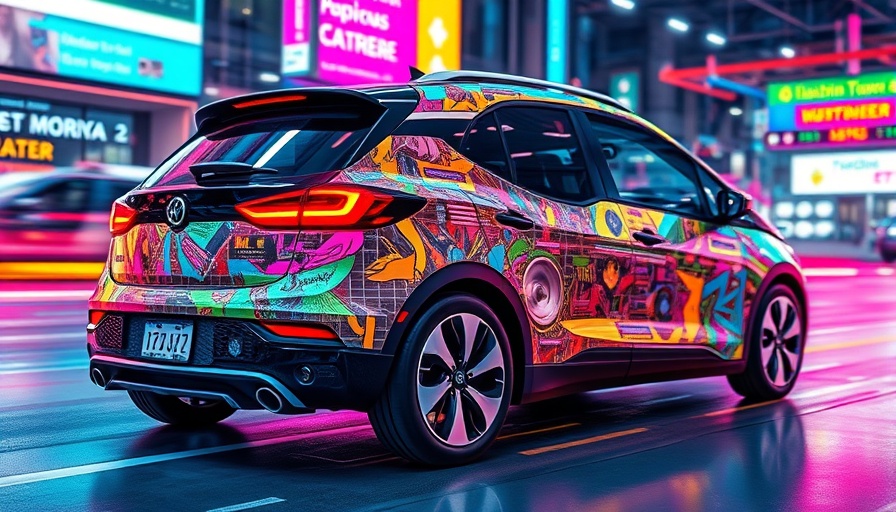
Fisker’s Ambitious Start in the Electric Vehicle Market
Founded by renowned designer Henrik Fisker, Fisker Automotive launched with the ambitious vision of becoming a leading player in the electric vehicle (EV) market. The centerpiece of this vision was the Fisker Ocean SUV, a model intended to embody sustainability and luxury. However, shortly after its much-anticipated arrival on the roads in 2023, the reality of the startup diverged drastically from its promises.
Challenges and Obstacles: A Timeline of Setbacks
The initial excitement surrounding the Ocean quickly diminished as Fisker faced a series of challenges. In July 2023, the company produced only 1,022 units, falling significantly short of its target of 1,400 to 1,700 vehicles for the quarter. This led to a financial struggle, forcing Fisker to seek $340 million through convertible debt to sustain operations and invest in future technologies.
December 2023 marked another tough moment for Fisker when it slashed its annual production guidance to just 10,000 units -- merely a quarter of its earlier projections. The issues did not stop at production; internal sales targets were missed miserably. Early January 2024 revealed that only 100 to 200 vehicles were anticipated to be sold daily in North America, a far cry from the company’s stated goal.
Safety Investigations: An Exposé of Hidden Issues
Just as production and sales targets fell short, the Ocean’s reliability came under the microscope. In January 2024, the National Highway Traffic Safety Administration (NHTSA) opened an investigation into multiple braking loss complaints. Reports of owners experiencing a sudden loss of power, malfunctioning gear shifters, and problems with door accessibility painted a troubling picture.
By February 2024, over 100 incidents of power loss had been reported by the Ocean’s owners. Though the company assured the public that these issues were rare and largely mitigated by software updates, customer confidence had already waned.
Bankruptcy: The Final Nail in the Coffin?
By mid-2024, Fisker’s growing list of issues culminated in a decision that echoed across the industry. The once-prominent startup filed for Chapter 11 bankruptcy protection. This shocking move illustrated the harsh realities that startups face in the competitive automotive landscape, which is rapidly evolving towards electrification.
The Broader Implications for the EV Industry
The fate of Fisker serves as an important cautionary tale. As new startups flood the market under ambitious banners of sustainability and high-tech innovations, the challenges of production reliability, investor confidence, and regulatory scrutiny become paramount. Additionally, as seen with Fisker, maintaining quality control and safeguarding customer satisfaction should be at the forefront of any automotive business strategy.
The Future of Electric Vehicles: What Lies Ahead?
Despite the setbacks faced by Fisker, the EV market remains resilient and vibrant. Major automakers are rapidly ramping up their electric offerings, indicating a transformative period in the automotive industry. Tesla continues to set industry standards, while legacy automakers such as Ford and GM introduce EV models designed to compete head-to-head with their electric counterparts.
Conclusion: Learning from Fisker’s Journey
Fisker’s rise and fall provides profound insights into the landscape of electric vehicle startups. The drive for innovation must always be balanced with operational integrity and consumer safety. Startups and established manufacturers alike must heed these lessons as the industry progresses into an uncertain future defined by technological advancement, safety, and environmental impact.
 Add Row
Add Row  Add
Add 



Write A Comment